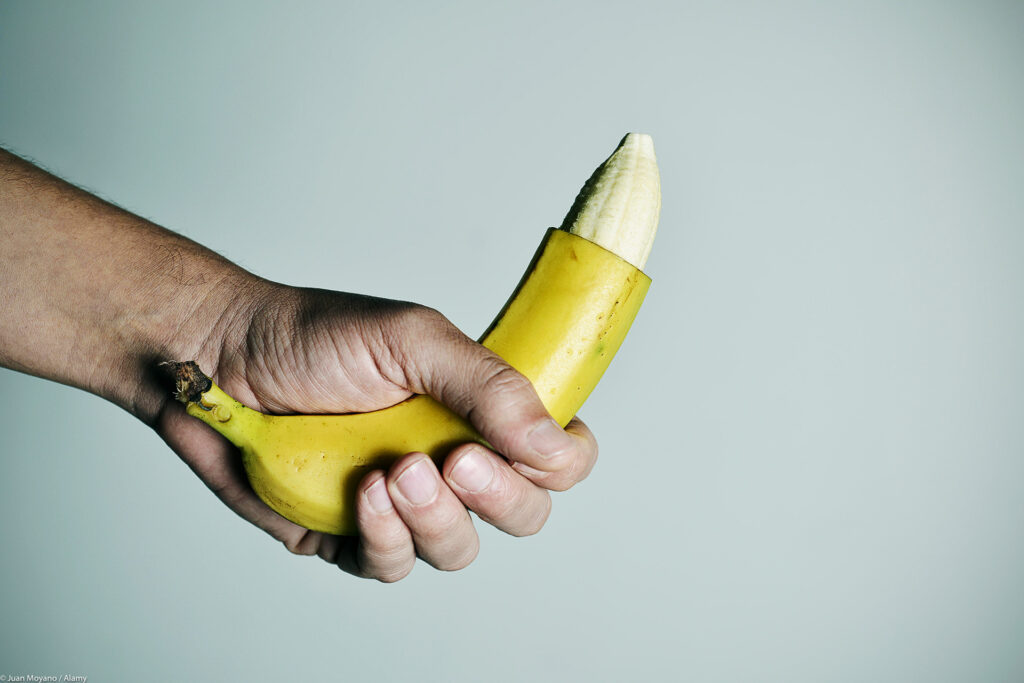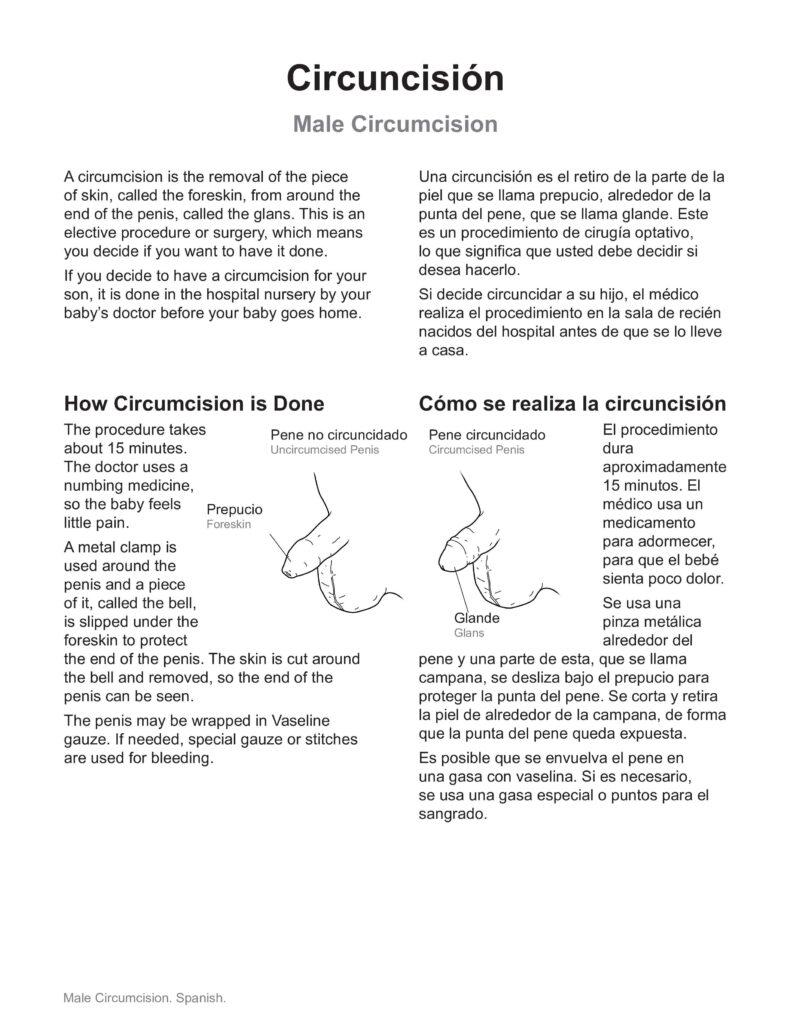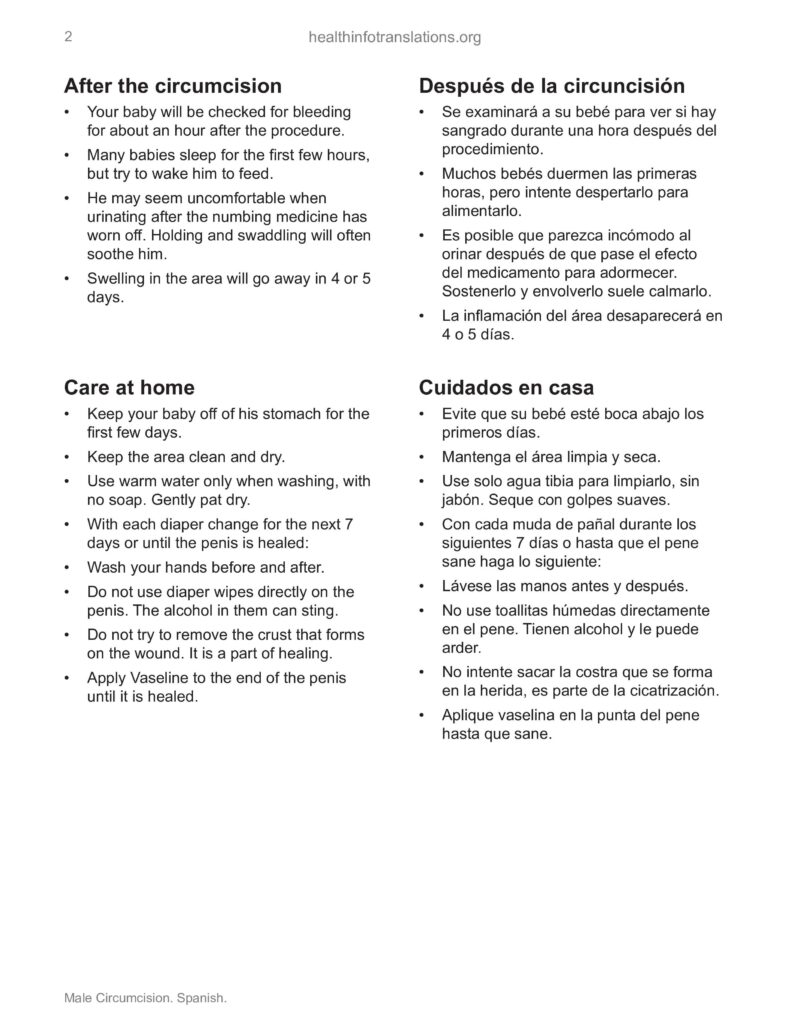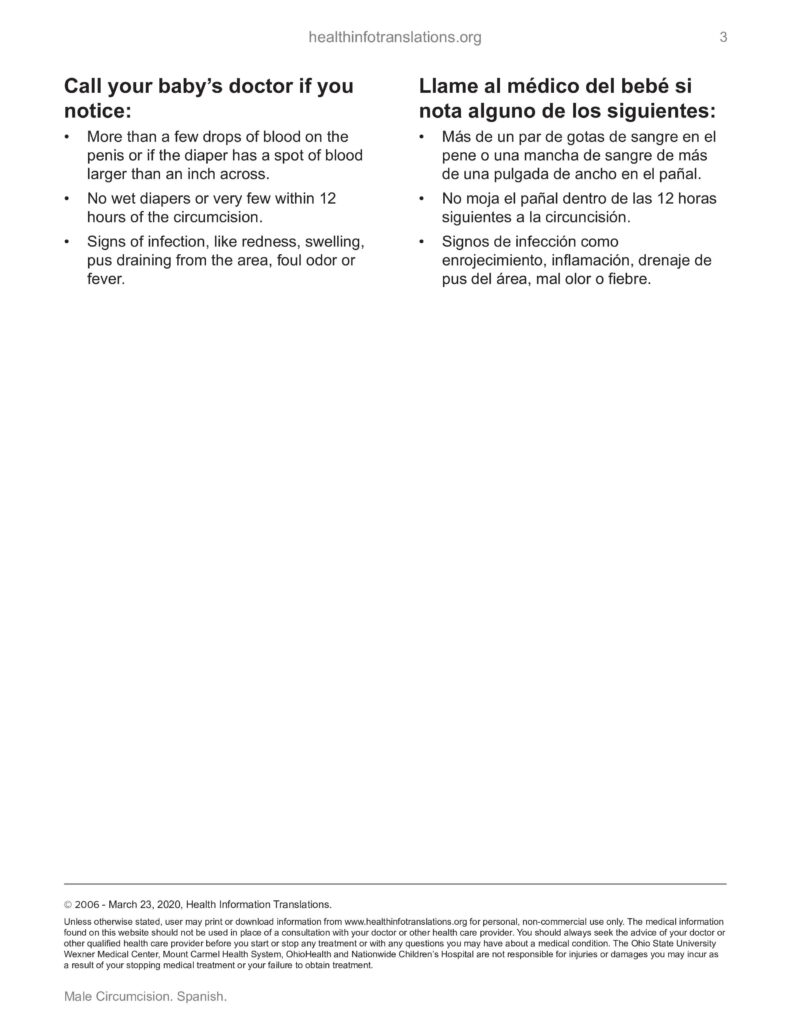
Hey, Super Parents! If your little one has had a circumcision, or if you’re still deciding whether to go for it, you’re in the right place. Let’s break it all down—what circumcision is, how to care for it, and the pros and cons—all in a fun and easy way!
What Is Circumcision?
Circumcision is a procedure where the foreskin (the skin covering the tip of the penis) is removed. It is usually done within the first few days after birth but can be performed later as well.
💡 Why do some parents choose circumcision?
- Cultural or religious traditions (such as in Judaism and Islam).
- Medical benefits, like a reduced risk of infections.
- Personal choice—some families prefer it for hygiene reasons.
💡 Why do some parents choose NOT to circumcise?
- Belief that the foreskin has a purpose in protecting the penis.
- Avoiding an unnecessary medical procedure.
- Concern about pain or complications.
No matter what you choose, your baby will be perfectly healthy and happy either way! 😊
How to Care for a Circumcision
If your baby has had a circumcision, good news—it’s pretty easy to take care of! 🎉
1️⃣ Keep It Clean
- Gently wash with warm water during diaper changes.
- No baby wipes! They can be irritating.
2️⃣ Apply Petroleum Jelly
- After each diaper change, put a little petroleum jelly on the tip to keep it from sticking to the diaper.
- This helps prevent discomfort and speeds up healing!
3️⃣ Change Diapers Often
- A clean, dry diaper helps prevent infection.
- If you notice poop on the area, rinse it off with warm water and pat dry—no rubbing!
4️⃣ Sponge Baths Only!
- No tub baths until it’s fully healed (about 5-10 days).
What to Expect After the Procedure
🔹 Redness or swelling? Totally normal! This usually fades in a few days.
🔹 Yellowish coating? That’s part of the healing process—don’t scrub it off!
🔹 Baby a little fussy? That’s expected. You can comfort them with extra cuddles and skin-to-skin contact.
⏳ Healing Time: 5-10 days, with improvements every day.
When to Call the Doctor 🚨
Most circumcisions heal just fine, but keep an eye out for these warning signs:
🚩 Bleeding that won’t stop (a few drops are normal, but a lot is not!).
🚩 Extreme swelling, redness, or a bad smell—this could mean infection.
🚩 No pee within 6-8 hours—circumcision shouldn’t block urination!
🚩 Pus or thick yellow-green discharge—a little yellow is normal, but lots of it could be a problem.
👉 If you notice any of these, call your pediatrician ASAP!
Pros and Cons of Circumcision
👶 Thinking about circumcision for your baby? Here’s a breakdown of the benefits and risks to help you decide.
✅ Pros (Potential Benefits of Circumcision)
✔ Lower Risk of UTIs 🦠
- Circumcised boys have a 10 times lower chance of getting a urinary tract infection (AAP, 2012).
✔ Lower Risk of STIs & HIV 🏥
- Studies show circumcision reduces the risk of HIV, HPV, and other STIs later in life (CDC, 2020).
✔ Easier Hygiene 🛁
- Without a foreskin, it’s easier to clean the penis, reducing risk of infections.
✔ Lower Risk of Penile Cancer 🎗️
- Rare, but men who are circumcised have a lower lifetime risk of penile cancer (NIH, 2022).
✔ Prevention of Phimosis 🚫
- Phimosis (when the foreskin gets too tight and won’t retract) only happens in uncircumcised boys.
❌ Cons (Potential Downsides of Circumcision)
❌ Pain & Discomfort 😢
- Even though pain relief is used, circumcision is still a surgical procedure that may cause discomfort.
❌ Risk of Infection or Complications 🤕
- Rare, but possible. About 1 in 500 boys might have minor complications (AAP, 2012).
❌ Loss of Sensation Debate ❓
- Some believe the foreskin has sensitive nerve endings that might increase sexual pleasure later in life.
❌ Not Medically Necessary 🤷
- Circumcision is optional, not required for a healthy baby. The AAP does not say all babies need it.
💡 Bottom Line: Circumcision has health benefits, but it’s not required for every baby. It’s a personal choice—so whatever you decide, you’re doing great as a parent! 🎉
More information



Bibliography & Image Sources
Sources Cited in the Article
- American Academy of Pediatrics (AAP). (2012). Circumcision Policy Statement. Retrieved from https://pediatrics.aappublications.org
- Centers for Disease Control and Prevention (CDC). (2020). Male Circumcision and Health Benefits. Retrieved from https://www.cdc.gov
- National Institutes of Health (NIH). (2022). Penile Cancer Risk and Circumcision. Retrieved from https://www.nih.gov
- Mayo Clinic. (2023). Circumcision Care and Benefits. Retrieved from https://www.mayoclinic.org
Image Sources
- Circumcision Infographic
- Source: AAP & CDC Guidelines
- Retrieved from: https://www.childrenssafetynetwork.org/infographics/circumcision-care-english-spanish
- Infographic – What to Expect After an Adult Circumcision!
- Source: Medical Research Organization
- Retrieved from: https://tse3.mm.bing.net/th?id=OIP.cPmy_F0Ra0h38_sJvCycNgHaSh&pid=Api
- Peaceful Parenting: Basic Care of the Intact Child
- Source: Parenting & Child Safety Network
- Retrieved from: https://tse1.mm.bing.net/th?id=OIP._Ltlm5kd31D91ZzWlLX5GwHaFo&pid=Api
- Circumcised Vs. Uncircumcised Diagram
- Source: Children’s Health & Education Center
- Retrieved from: https://tse4.mm.bing.net/th?id=OIP.R5Eqno3vD8k0g7xxVu_wdgHaIy&pid=Api
💙 Whatever you choose, you’re doing an amazing job as a parent! 💙
Legal Disclaimer: The information provided by our nonprofit is for informational purposes only and not a substitute for professional medical advice, diagnosis, or treatment. Always consult a qualified healthcare provider for medical concerns. We make no guarantees about the accuracy or completeness of the information and are not liable for any decisions made based on it. If you have a medical emergency, call 911 or seek immediate medical care.


